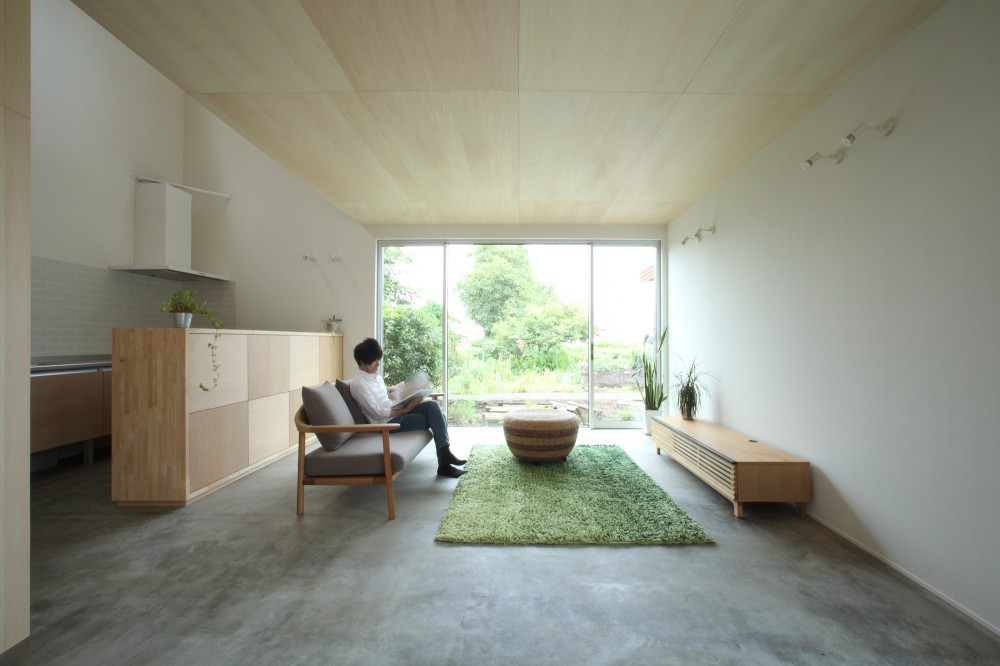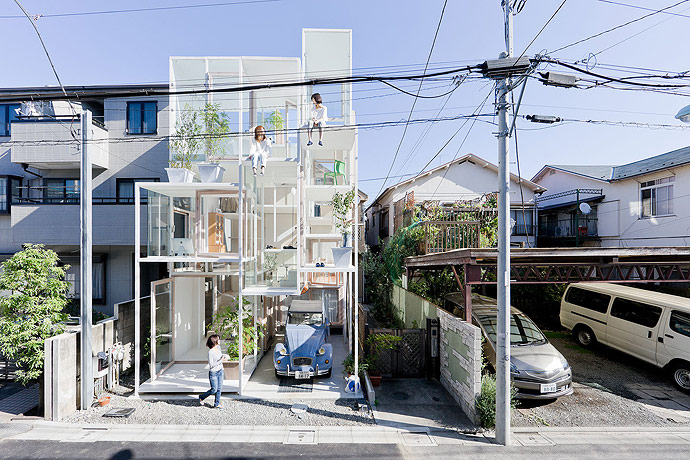Why Western Civilisations Can’t Grasp Japanese Building Trends

Japanese eccentric housing never seizes to surprise me. Some of the world’s most eclectic examples of modern architecture are brainchildren of local designers. From the world’s smallest house, to dwellings with no walls, upside-down constructions and many more. However, one can logically ask what makes both architects and customers frequently look for out-of-the-box designs which quite often puzzle the rest of the world.
Why We Don’t Understand Japanese Housing Style (or the Lack of It)?

Before we rush to judge, marvel or simply fail to comprehend the driving power behind wacky Japanese buildings we must take several factors in consideration. First of all, western civilisations have a totally different perception about property value. Deviation from societal norms can easily devalue a building for many reasons. It can prove to be impractical or even worse DIStasteful to perspective value in which case the home owner could get stuck with an ‘unsellable’ asset.
Bold design accents pose a potential investment risk, so we all try to aim for what is deemed appropriate – a conservatory, a garden shed, a pool, a lush garden with a patio and other house extensions which would lure more potential buyers. We limit our flashy design choices to a few home accessories or pieces of art to minimise the damage.
No wonder people say ‘safe as house’ at least in Western civilisations. However, when you go to Japan this concept is turned upside-down. Houses have a lifespan no longer than that of a car or a washing machine. Tokyo leading architect Alastair Townsend reveals a harsh truth – a house is typically demolished just 30 years after its construction. At 15, it looses its market value. In a their research ‘Obstacles to Affluence: Thoughts on Japanese Housing’, Richard Koo and Masaya Sasaki claim this to be one of the major hindrances for the middle classes on their route to prosperity. About 4% of the country’s GDP is lost to the destabilised real estate industry. Needless to say, the continuous building generates excess amounts of construction waste.
So, Japan seems to be captured in a vicious circle. New houses are build and demand never lowers despite the shrinking in population. While new home sales in Western countries reach only about 11-34% of the overall real estate trade, in the Land of the Rising Sun they hold 87% of the market.
Why Japanese Don’t Appreciate Their Old Homes?

I am certain you have already asked yourself this question. While historical buildings hold undoubted appeal, some cultural details which often elude us would probably offer some insight:
Japan is a country most often struck by natural disasters such as earthquakes. Frequent seismic activity has long since taught people not to take their homes or public buildings for granted. Often having to clean up the remains of their houses, people prefer to detach themselves from the construction regarding it as something fleeting. When you add in the fact that newness is a religion in the country, you might just begin to understand the logic behind what seems irrational to the rest of the world.
Another reason why Japanese people hold little respect for the sacred durability of housing can be traced back to the years after World War II. In an attempt to restore cities demolished after the war, the government supported the construction of thousands cheap wooden houses. Cheap and quickly built they lacked essentials like insulation and more importantly adequate seismic reinforcement. Housing from that period which still stands is considered substandard. In some cases – even toxic. Its maintenance is nothing but a waste of capital and resources, so most of them just get demolished.
While the quality of building materials and techniques has improved greatly over the years, the sceptical attitude towards Japanese housing remains. Thus, we continue to see newer and newer designs in the most stunning shapes pop up everywhere in the country.
To be honest, the incredible if sometimes disturbing Japanese houses are amazing examples of sustainable building. Even in Australia, the country with the most urbanised population on the globe, where architecture is now placed on a pedestal, you won’t find designs as imaginative as those in the Land of the Rising Run, claims Felicia Hendrickson currently a consultant for a Melbourne cleaning company. However, in Japan creating unusual homes is also a form of rebellion. Rebellion against struggling to make ends meet to save up and build a house only to have it torn down in just 15 years. Rebellion against the meaninglessness of home-ownership in it’s most traditional sense.
I hope that after reading this post, you now have a better understanding of Japanese culture and more precisely of the nation’s attitude towards housing.